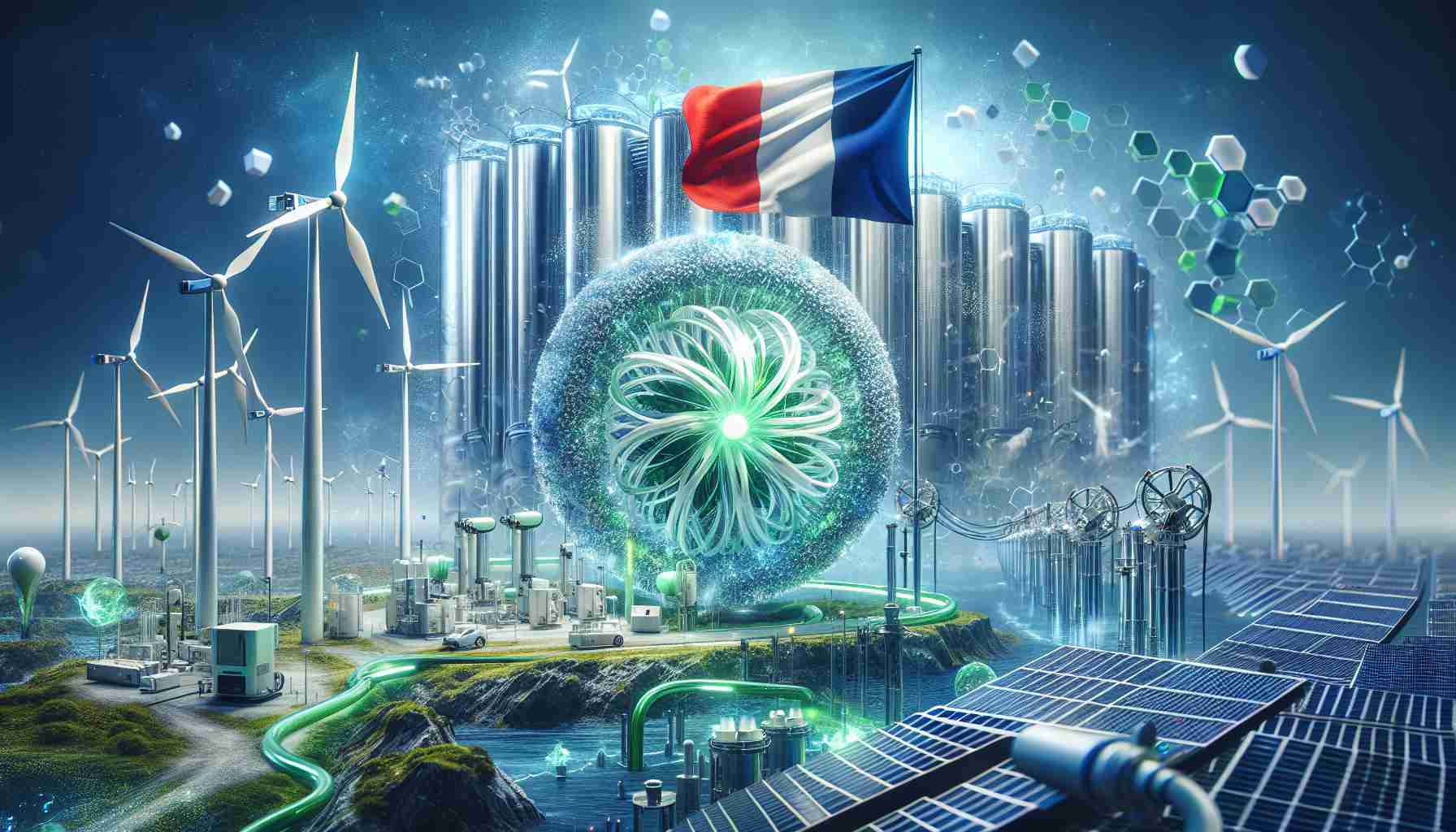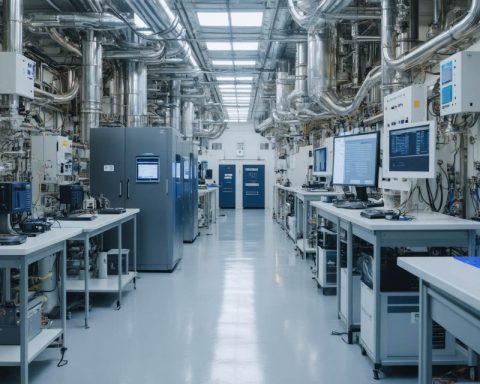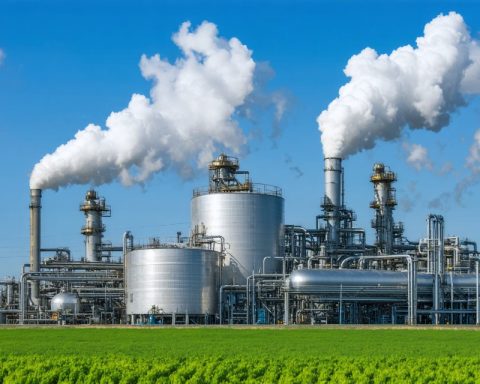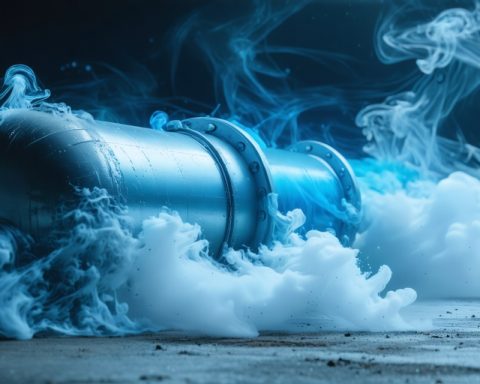In a landmark move just before the holiday season, France has intensified its commitment to renewable energy by initiating a competitive bidding process aimed at bolstering the production of renewable hydrogen through water electrolysis. This initiative is part of a comprehensive legal framework established under the Energy Code, designed to stimulate investments in sustainable energy sources.
The French government, through Ademe, has set aside an initial capacity of 200 MW for hydrogen production slated for 2024-2025, with aspirations to ramp up to 1,000 MW by 2027. Interested candidates must navigate through a three-phase selection process, beginning with an evaluation of their technical and financial strengths. Following this, a competitive dialogue will help refine project proposals before the final selection of winning projects occurs.
Eligibility for this funding is restricted to entirely new facilities, with strict criteria governing project timelines and operational readiness. Applicants are required to demonstrate their abilities through detailed project descriptions, secure long-term electricity supply contracts, and financial guarantees. Notably, successful proposals will not only depend on cost-effectiveness but also on innovative practices and environmental sustainability.
This initiative presents a golden opportunity for businesses looking to enter the burgeoning green hydrogen market in France. With rigorous application processes ahead, stakeholders must align with regulatory expectations and ensure robust project frameworks are developed to thrive in this evolving energy landscape.
Broader Implications of Green Hydrogen Initiatives
The intensified commitment to renewable hydrogen production in France reflects a pivotal moment in the global energy transition. Green hydrogen, derived from water electrolysis powered by renewable energy, poses a transformative potential for both the environment and the economy. By investing in such initiatives, countries not only aim to decarbonize their energy systems but also foster energy independence in a world increasingly susceptible to geopolitical fluctuations.
The implications for society and culture are significant. As green hydrogen becomes a prominent part of the energy mix, it could lead to new job creation in engineering, manufacturing, and project management, thereby invigorating local economies. A shift toward sustainable practices is poised to reshape consumer behaviors, as public awareness of environmental challenges rises in tandem with the availability of cleaner energy applications.
Moreover, the push for hydrogen as a clean energy source aligns with global climate goals, particularly the Paris Agreement’s ambition to limit temperature rise. The widespread adoption of green hydrogen technology is anticipated to enhance energy security and support the transition away from fossil fuels, thus reducing greenhouse gas emissions.
Looking ahead, the trajectory of green hydrogen initiatives sets a foundation for long-term environmental sustainability. As nations invest in electrolysis technologies, we might witness rapid advancements, including improved efficiencies and reduced costs, making hydrogen a viable alternative for sectors traditionally reliant on carbon-intensive fuels, such as transport and industry. The integration of hydrogen into the global economy will inevitably influence energy prices, trade dynamics, and international relations, positioning countries at the forefront of clean energy innovation for decades to come.
France Sets the Stage for a Green Hydrogen Revolution: How to Get Involved
In an ambitious push towards a sustainable future, France has ramped up its commitment to renewable energy by launching a competitive bidding process aimed at increasing the production of green hydrogen through water electrolysis. This initiative aligns with the government’s broader strategy under the Energy Code, which aims to attract substantial investments in sustainable energy technologies.
The French government, through the Environment and Energy Management Agency (Ademe), has earmarked an initial capacity of 200 MW for hydrogen production set for the 2024-2025 period, with plans to expand this capacity to a remarkable 1,000 MW by 2027. The bidding process is structured in three phases:
1. Initial Evaluation: Candidates will be assessed on their technical and financial capabilities.
2. Competitive Dialogue: This phase will involve discussions to enhance project proposals.
3. Final Selection: The best proposals will be chosen based on the defined criteria.
This structured approach aims to encourage creativity and innovation within the industry while ensuring practical viability.
To participate in this bidding process, applicants must operate entirely new facilities. The requirements are stringent, demanding a well-defined project timeline, operational readiness plans, and a secure long-term electricity supply. Candidates are also required to provide financial guarantees along with comprehensive project descriptions that emphasize not only cost-effectiveness but also innovative practices and environmental sustainability.
Pros:
– Investment Opportunities: This initiative attracts both domestic and international investments in the green hydrogen sector.
– Environmental Impact: Promotion of green hydrogen contributes to reduced carbon emissions and fosters sustainable energy practices.
– Technological Innovation: The focus on innovative solutions spurs advances in renewable energy technologies.
Cons:
– Complex Application Process: The rigorous selection procedure may deter smaller players from participating.
– Infrastructure Challenges: Establishing the necessary infrastructure for hydrogen production and distribution poses logistical challenges.
Green hydrogen holds significant potential across various applications:
– Transportation: Fuel cells powered by green hydrogen can revolutionize public transportation and freight systems.
– Industrial Processes: Hydrogen can replace fossil fuels in sectors like steel manufacturing and chemical production.
– Energy Storage: Hydrogen serves as a viable solution for storing renewable energy, addressing intermittency issues.
The global green hydrogen market is expected to grow exponentially, driven by increasing environmental policies and technological advancements. Built on a foundation of investment and innovation, the French initiative is expected to catalyze significantly more projects in Europe and set a precedent for other countries looking to enhance their renewable energy portfolios.
This initiative emphasizes sustainability by encouraging practices that minimize environmental impacts. Additionally, enhancing the hydrogen supply chain contributes to energy security, reducing reliance on fossil fuels and aligning with energy transition goals across Europe.
As the green hydrogen landscape evolves, stakeholders are urged to stay informed and prepare for new opportunities in this promising sector. For more in-depth information on renewable energy in France, visit Ademe.













